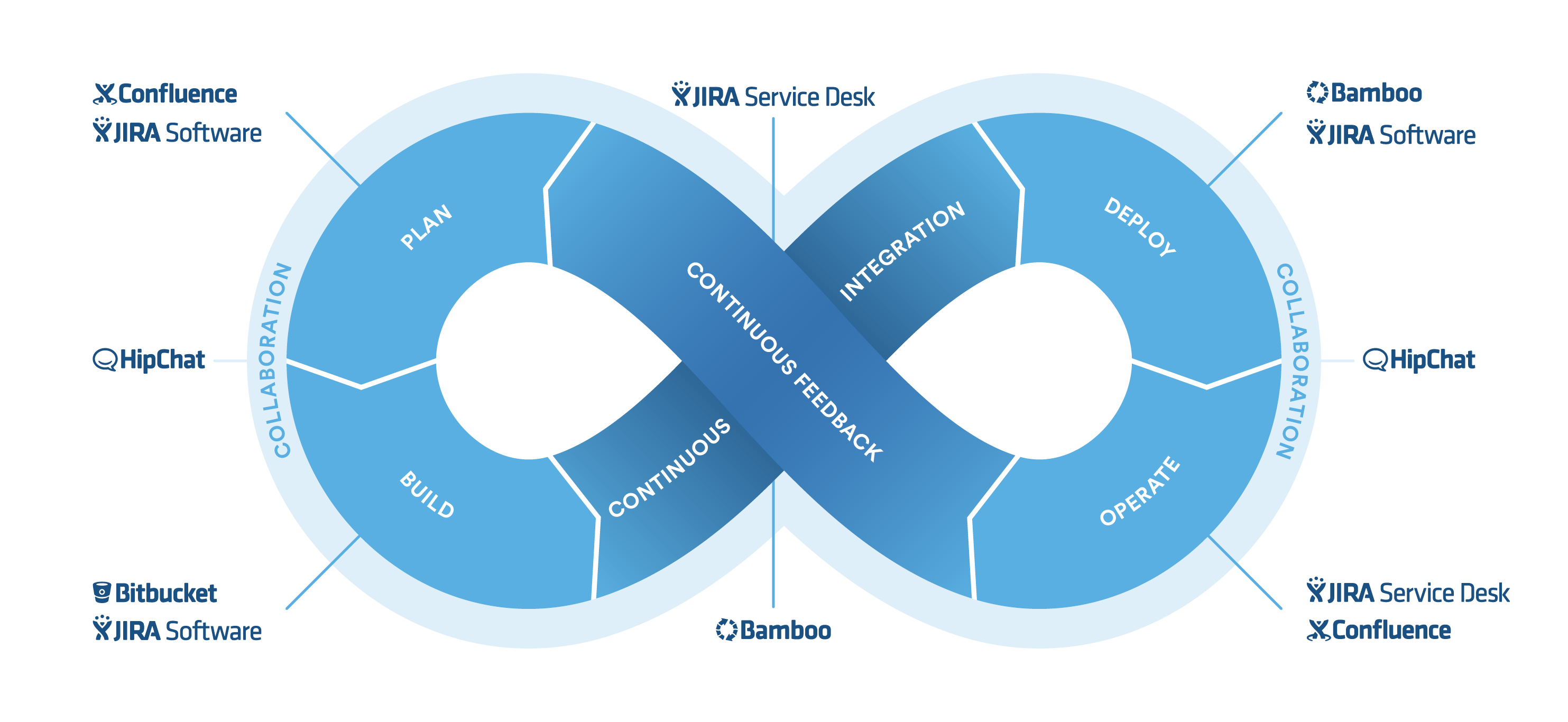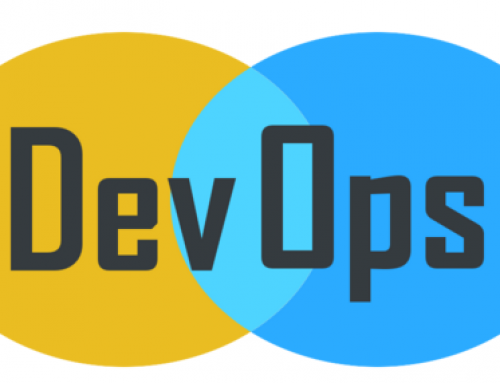DevOps means, maintaining collaboration across Development and Operations. DevOps automates the end-to-end delivery processes within an organisation. DevOps requires cloud environment to succeed your organisation’s firewalls.
- Centralised Configuration Management – Configuration management means enforcing their state across the entire IT infrastructure in an automated yet Agile manner. If there are multiple running servers and you need to make configuration changes in one file then it is better to automate this process rather than do it manually. The best part is that you can configure all environments from a centralised place. There are various tools available to do so, like Puppet, Ansible, Cobbler, Chef, etc.
- Continuous Delivery – It ensures that there are no issues or breakpoints in moving the code from staging to any other environment. Continuous delivery aims at making the whole infrastructure flexible enough so that the required changes can be easily propagated to a specific environment without any barriers.
- Centralised Log Management – Logs are vital for any application, they need to be well-structured and easy to view and interpret. Various tools like Log-entries can be used, Centralised logs for applications with multiple servers increase the pace of debugging if there is any outage and set alerts can prevent a huge outage. Logs can be viewed in the form of graphs, tables and pie charts.
- Centralised Dashboards – Visual dashboards allow you to view configuration changes made to servers along with databases and deployments that have taken place. There are various metrics, logs, and graphs to give you a holistic view of changes happening in the system.
- Team Culture – Beginning to end, so that they have insights about various project phases and processes and they can make valuable contributions. Even we can include customers in some of the meetings so that everybody is at par with the project goals. They can also arrange training for members for better success of the project. To collaborate such activities, various tools are available.
- Automated Testing– Test the code and the available infrastructure in an automated way instead of doing it manually. Automation means that the code is fed as input basis which a final report specifying bug details and test cases is generated. This is a good way to involve the Ops team in testing. Automation is accomplished by identifying test cases and scenarios, selecting a suitable automation tool, setting up the test environment, running test cases, and analysing results.


